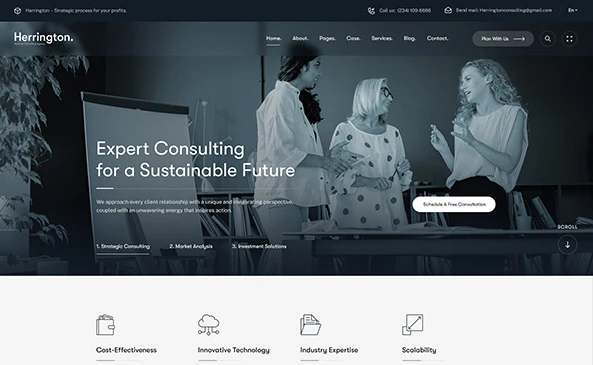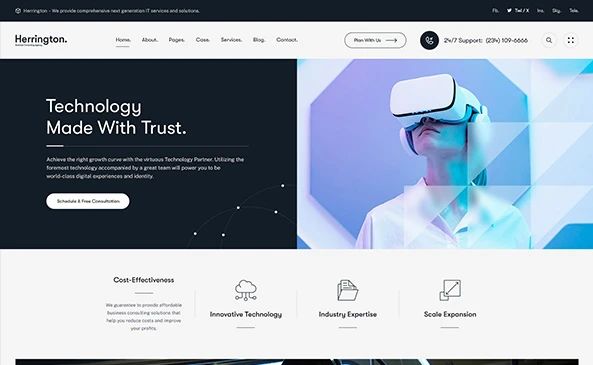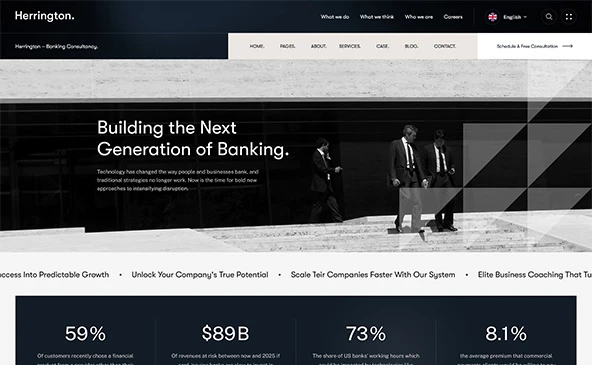The banking industry stands at a pivotal crossroads. In an era of constant technological advancement, shifting customer expectations, and new regulatory landscapes, the ability to embrace meaningful change has become not just an advantage—but a necessity. For banks to thrive, transformation must go beyond digitization or efficiency. It must be rooted in purpose, adaptability, and long-term vision.
Understanding the Drivers of Change
Meaningful change in banking begins with understanding what is driving transformation. It’s not just about keeping up with competitors or adopting the latest technologies—it’s about aligning organizational strategy with evolving customer needs and global economic realities. Digital-first consumers demand seamless, transparent, and personalized experiences. Meanwhile, fintech disruptors are reshaping the landscape with agility and innovation. Banks must respond not with resistance, but with reinvention.

Modern institutions are now focusing on integrating technology and human connection. Cloud platforms, artificial intelligence, and data analytics enhance operational capabilities, while customer-centric strategies ensure that progress remains meaningful. This balance between innovation and authenticity is what differentiates banks that merely adapt from those that truly lead.
1. Cultivating a Culture of Adaptability
Transforming systems and processes is only one part of the equation—true change begins with people. A culture of adaptability empowers employees to embrace innovation, take ownership of transformation initiatives, and continuously evolve alongside new technologies.
When leadership fosters open communication and encourages experimentation, it reduces internal resistance and builds momentum for sustained change. Empowered teams become drivers of transformation rather than passive participants. As institutions modernize their operations, adaptability ensures that progress is not only implemented but also sustained over time.
2. Integrating Technology with Purpose
The second pillar of meaningful change lies in how technology is implemented. Banks that chase trends without strategic direction risk fragmenting their operations and confusing their customers. True innovation comes from applying technology with purpose—to enhance customer value, improve decision-making, and strengthen trust. AI-driven analytics can personalize financial products, blockchain can ensure transparency and security, and cloud systems can increase scalability and efficiency. However, these technologies must be guided by clear objectives and ethical frameworks. Purpose-driven digital transformation ensures that modernization serves both the organization and its customers in tangible, lasting ways.
3. Balancing Innovation and Trust
As banks modernize, they must preserve the cornerstone of their industry: trust. While innovation accelerates growth, maintaining customer confidence requires unwavering commitment to security, transparency, and accountability. Data protection, ethical AI use, and fair lending practices all contribute to building a brand that customers can believe in. Meaningful change means evolving without compromising integrity. The banks that will define the next era are those that understand that progress and trust are not opposing forces—they are partners in sustainable transformation.
Change is hardest at the beginning, messiest in the middle, and best at the end. In banking, meaningful transformation happens when innovation and integrity move together.
Robin Sharma, Leadership Expert & Author – Quote
Embracing meaningful change in banking requires more than technology—it demands vision, culture, and purpose. Institutions that foster adaptability, apply innovation with intention, and uphold trust as a guiding principle will not only survive disruption but define the future of finance. The road to transformation is not without challenges, but for banks willing to evolve with purpose, the reward is clear: relevance, resilience, and renewed trust in a world that never stops changing.



















